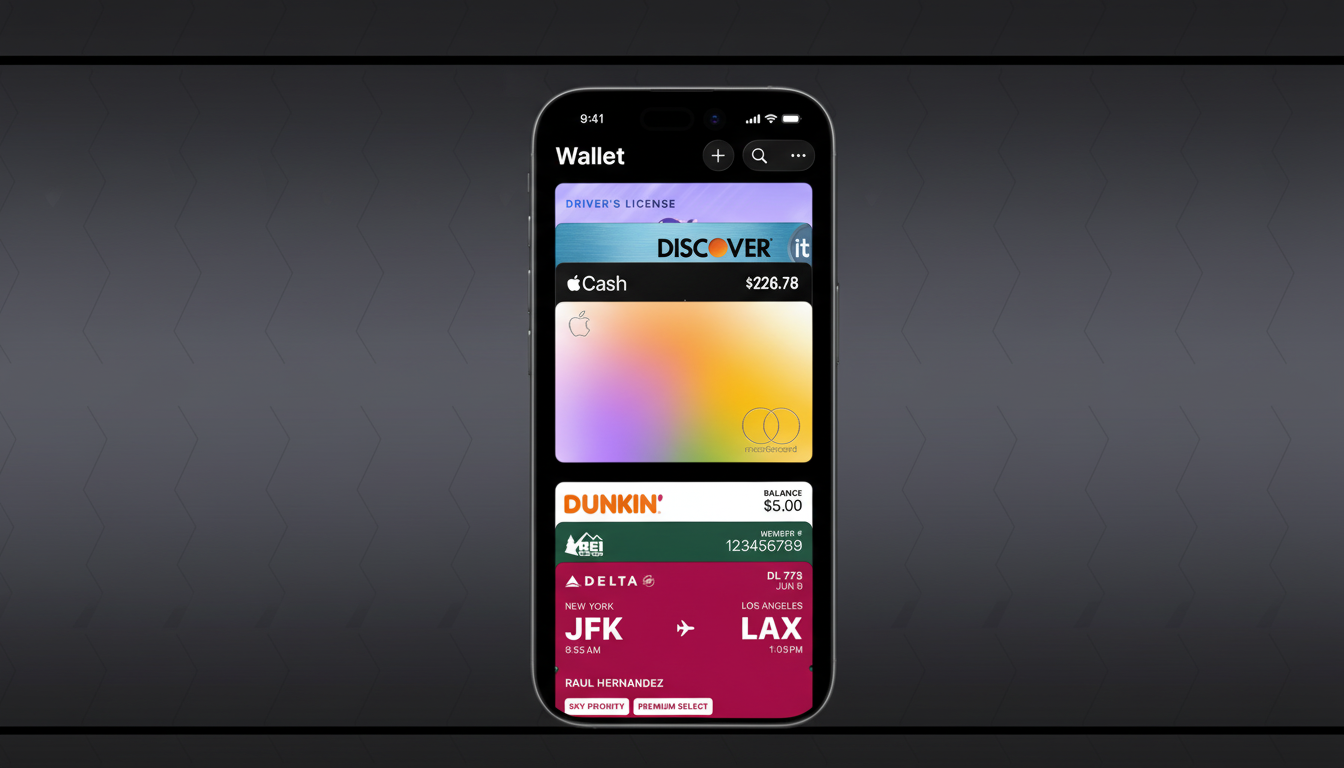AccessGrid has nabbed a $4.4 million seed round to enable building and vehicle access to work natively from Apple Wallet and Google Wallet, which turn smartphones and watches into secure key fobs. The startup, co-founded by QuickNode co-founder Auston Bunsen, is pitching a pure API platform that can issue, manage and revoke digital credentials without customers having to rip out their hardware or adopt yet another heavyweight SaaS suite.
Harlem Capital leads the round, with investors including individuals tied to where Bunsen previously worked and the HF0 accelerator. The company’s thesis is straightforward: access control should be as easy to install as any modern cloud app and as effortless to use — simply tap the phone on a turnstile — whether using it unlocked, on your wrist, or, in the case of an iPhone specifically, in power reserve mode.

Enter the API-first model of AccessGrid’s platform
AccessGrid has APIs to provide the capability for developers to issue mobile credentials into Apple Wallet and Google Wallet, automatically syncing these across devices. Rather than ship plastic badges, or deal with middleware servers, they build credential issuance directly into their apps and back offices, managing revocation and access policy in real-time through the cloud.
Behind the scenes, it leans on secure elements and hardware-backed key storage in today’s gadgets, communicating over NFC and Bluetooth Low Energy where readers support it. For iPhone and Apple Watch, Express Mode allows tap-to-unlock without waking the device, and some wallet credentials can work for a period on power reserve, addressing what is easily the most common fault line in mobile access: dead batteries at the door.
Importantly, AccessGrid is identifying itself more as a developer infrastructure than an end-user app. That’s a distinction worth making in a category teeming with one-off mobile keys that don’t scale across portfolios. By providing APIs, instead of service contracts or specialized cloud- or on-premises-based controllers, the hope is to plug into existing property systems and identity stacks with minimal friction.
Security and standards under the hood of mobile keys
Physical access has always lagged modern cybersecurity. Large numbers of facilities have old-style 125 kHz proximity cards that can be cloned with off-the-shelf equipment, and (nominally) unencrypted Wiegand wiring at doors is widely used. This “technical debt” has been pointed out time and again by Omdia and other industry analysts as an impetus to finally make the transition to mobile credentials, encrypted readers, and more.
AccessGrid claims to provide uncloneable, time-bounded credentials with encrypted payloads alongside dual-layer encryption and server-side policy checks. Device-held secrets are stored on secure hardware, lowering the risk of malware or jailbreak attacks. With credentials being cloud-managed, administrators can terminate access immediately and require multi-factor authentication or step-up verification for restricted areas — meeting principles in NIST’s digital identity guidelines and the FIDO Alliance’s proposals to promote phishing-resistant authentication.
Resilience matters as much as crypto. Keys stored in wallets minimize the risk of lost badges and eliminate plastic reissue, while power reserve modes are available on compliant devices for thin offline operation in emergencies. Facilities with that kind of time sensitivity will adhere to best practices: multi-path contingencies (PIN pads, mechanical overrides, caching on the reader end to tolerate small network downtime cycles).

Market context and competitors in access control
The timing looks favorable. According to Omdia, the worldwide access control market exceeds $9 billion and mobile credentials are gaining share as deployments of new system installations grow. Wallet-native IDs have already entered the mainstream via student ID programs at hundreds of universities and early corporate badge deployments, making users comfortable with tap-to-enter behavior.
AccessGrid joins a crowded field that boasts SwiftConnect and Sharry among others, as well as incumbents such as HID Global and ASSA ABLOY with its mobile credential ecosystems. The startup’s hope is that its pitch of being differentiated by focus — an API-only platform to allow property tech providers, security integrators, or in-house teams to build experiences according to their own specifications rather than having to conform to a monolithic vendor stack — will fuel growth as the market matures.
The economics are appealing to operators. Plastic badges, printers, encoders and cycle-by-cycle reissuance costs mount fast, while smartphone ownership makes bring-your-own-key a very realistic proposition (Pew Research says about 90% of US adults have smartphones). Its usage-based APIs and digital issuance shorten landlords’ time to money to a matter of minutes and help save thousands of dollars in total cost of ownership within a multi-market portfolio.
Where the money will go and how AccessGrid will scale
The new funding will further enhance security features, extend SDKs and introduce integrations with leading reader and controller ecosystems. AccessGrid is also looking to expand into automotive, where standards from the Car Connectivity Consortium have made digital keys available using NFC, Bluetooth and in some instances ultra-wideband for higher accuracy ranging.
Go-to-market will probably depend on channel partners — security integrators, proptech platforms, and OEMs — that require a programmable credential layer to bring old properties into the present day without a forklift upgrade. Early pilots will be carefully observed for reader compatibility, BLE/NFC performance in real-world buildings and admin UX for large distributed teams.
The bigger picture for wallet-native access credentials
It is about more than convenience: turning phones into secure key fobs. It collapses identity into the devices people are already walking around with, strengthens auditing and revocation, and lays out a path toward the confluence of physical and logical access. If AccessGrid can provide secure, wallet-native credentials that work well with the real-world messiness of installed hardware, it would let landlords, campuses and fleets hop onto modern access control faster — and shorten the long tail of 1990s-era systems still guarding 21st-century buildings.

